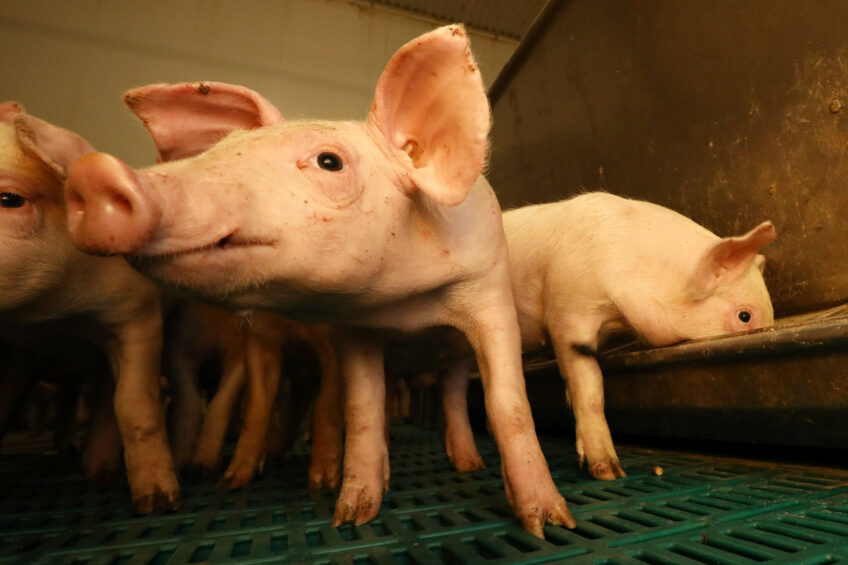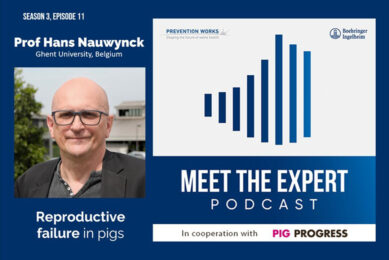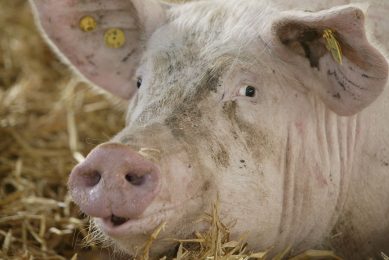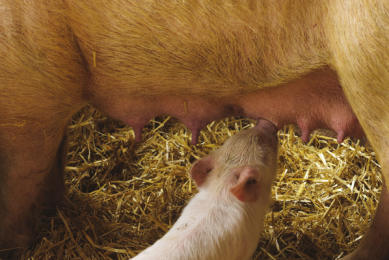Parvovirus variant, known from fox faeces, emerges in Dutch pig farms

Pigs in about 50 farms in the Netherlands have tested positive for a variant of parvovirus that was not found in pigs before. That has been confirmed on about 50 pig farms. That news was made public by the Netherlands animal health service Royal GD.
The virus variant, first reported late 2024, causes piglets to develop bulging eyes with an abnormal position. In addition, it is sometimes accompanied by red, balding and wrinkled skin. The abnormalities occur in a few piglets from 20-70% of litters, but are not fatal. Pig farmers and vets alike have indicated that the symptoms disappear over time.
The virus-related symptoms were initially seen in weaned piglets, but the symptoms turned out to be visible with piglets at 2-3 weeks as well. Even gilts as well as finishers have been observed to have bulging eyes, but in those cases no further virus-related research has been carried out yet.
The virus is genetically similar to a parvovirus found in fox faecal samples found in 2012, even though there are several mutations visible.
The current virus, found in farms in the east and the south of the Netherlands, is genetically distinct from porcine parvovirus type 1 (PPV1) virus, present on almost every pig farm. Type 1 can cause fertility problems, but pigs build up sufficient immunity against it through vaccination. The vaccine effective against type 1 parvovirus is not expected to work against the newly discovered virus variant.
Research ongoing to new parvovirus
Initially, scientists had a hard time determining the exact cause of the described clinical symptoms. Using advanced virus discovery methods, they recently identified the parvovirus variant in the tissues and blood of affected animals. Although the link between all reported clinical symptoms and the discovery of this virus cannot yet be established with 100% certainty, Royal GD wrote on its website, there is sufficient reason to assume that this virus plays a role in the clinical problems.
Royal GD, in collaboration with the Netherlands’ Ministry of Agriculture, Fisheries, Food Security and Nature (LVVN) as well as the Dutch Pig Farmers’ Producer Organisation (POV), as commissioners of the pig health monitoring programme, are conducting follow-up research. One question is how the new parvovirus variant causes the clinical signs described. That research is being conducted in collaboration with veterinarians and livestock farmers.
Additional reporting: Vincent ter Beek











